- Home
- About Us
- Products
- TD High-efficiency And Energy-saving Circulating Pump
- TD High-efficiency And Energy-saving Circulating Pump Accessories
- Pipeline Pump
- Pipeline Pump Accessories
- Sewage Pump
- Sewage Pump Accessories
- LG Multi-stage Pump
- LG Multi-stage Pump Accessories
- Cooling Tower Circulation Pump
- Electric Motor
- Electric Motor Accessories
- News
- Contact Us
- Home
- About Us
- Products
- TD High-efficiency And Energy-saving Circulating Pump
- TD High-efficiency And Energy-saving Circulating Pump Accessories
- Pipeline Pump
- Pipeline Pump Accessories
- Sewage Pump
- Sewage Pump Accessories
- LG Multi-stage Pump
- LG Multi-stage Pump Accessories
- Cooling Tower Circulation Pump
- Electric Motor
- Electric Motor Accessories
- News
- Contact Us
Web Menu
- Home
- About Us
- Products
- TD High-efficiency And Energy-saving Circulating Pump
- TD High-efficiency And Energy-saving Circulating Pump Accessories
- Pipeline Pump
- Pipeline Pump Accessories
- Sewage Pump
- Sewage Pump Accessories
- LG Multi-stage Pump
- LG Multi-stage Pump Accessories
- Cooling Tower Circulation Pump
- Electric Motor
- Electric Motor Accessories
- News
- Contact Us
Product Search
Exit Menu
How Energy-Efficient Are LG Multistage Centrifugal Pumps Compared to Other Pump Types?
In modern industrial and commercial systems, energy efficiency has become a key performance metric for any piece of equipment. Pumps, which account for a significant portion of global electricity consumption, are no exception. Among the various types available, LG Multistage Centrifugal Pumps have gained strong attention for their superior efficiency, durability, and reliability in fluid transport applications. This article explores how energy-efficient these pumps truly are compared to other pump types, analyzing their design principles, operating mechanisms, and real-world performance advantages.
1. Understanding Multistage Centrifugal Pump Design
An LG multistage centrifugal pump is a type of pump that uses multiple impellers (or “stages”) mounted on a single shaft to build higher pressure. Each stage increases the pressure of the fluid incrementally as it passes through. The “LG” designation typically refers to a series of horizontal or vertical stainless-steel multistage centrifugal pumps widely used in water supply systems, HVAC, industrial circulation, and boiler feed applications.
This multi-impeller design is a fundamental reason why LG pumps excel in energy efficiency. By distributing the total head requirement across several smaller stages, each impeller operates under optimal hydraulic conditions, minimizing energy losses due to turbulence, cavitation, and internal friction.
2. How Energy Efficiency Is Measured in Pump Systems
To understand the energy efficiency of LG multistage centrifugal pumps, it’s essential to grasp how efficiency is defined in the context of pump performance.
The higher the efficiency, the less energy is wasted as heat or friction within the pump. In practical applications, LG multistage centrifugal pumps often reach efficiency levels of 70–85%, depending on the specific model and operating conditions. This is notably higher than most single-stage centrifugal pumps or positive displacement pumps used in similar pressure ranges.
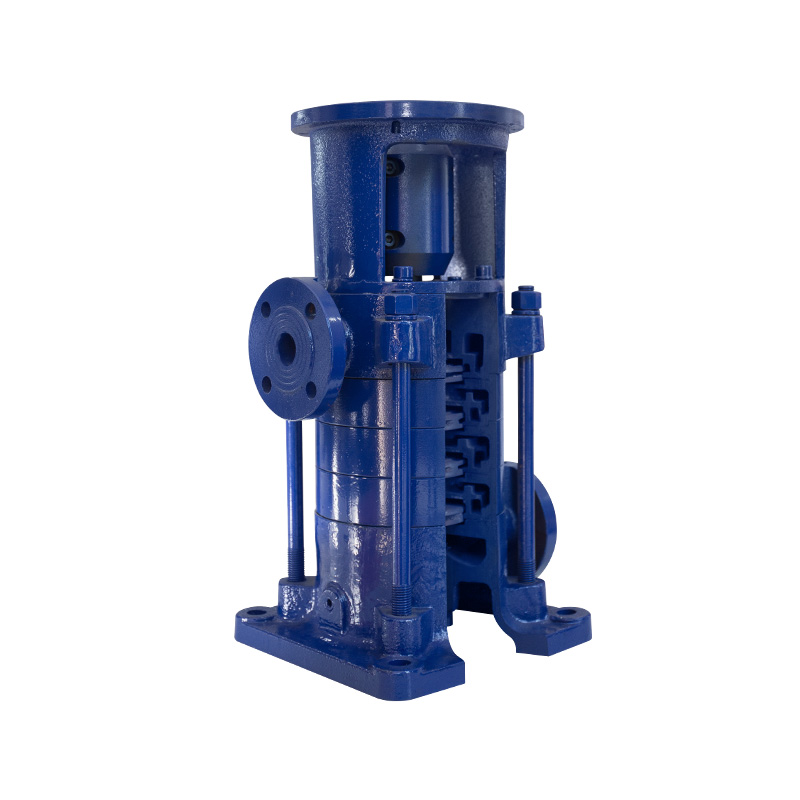
3. Energy Efficiency Compared to Single-Stage Centrifugal Pumps
Single-stage centrifugal pumps use only one impeller to increase the pressure of the fluid. While these pumps are suitable for low-to-medium head applications, they become less efficient when higher pressures are required. To reach the same head as a multistage design, a single-stage pump would need to rotate at much higher speeds or have a larger impeller diameter—both of which increase energy consumption and wear.
In contrast, LG multistage centrifugal pumps achieve high heads by dividing the pressure increase across multiple smaller impellers. This means that each stage works more efficiently, and the pump operates closer to its Best Efficiency Point (BEP) across a wider range of flow conditions.
As a result, energy savings of 15–25% are often observed when replacing single-stage pumps in high-pressure applications with LG multistage models.
4. Comparison with Positive Displacement Pumps
Positive displacement (PD) pumps—such as gear, piston, or diaphragm pumps—operate by trapping a fixed volume of fluid and forcing it through the system. They are known for handling viscous fluids and maintaining constant flow regardless of pressure. However, in water supply, HVAC, and other clean-fluid applications, they are typically less energy-efficient.
LG multistage centrifugal pumps outperform PD pumps in terms of energy consumption for several reasons:
- Continuous Flow Design – The smooth, continuous motion of fluid through a centrifugal pump avoids pulsations that cause energy loss in PD systems.
- Lower Mechanical Friction – PD pumps involve multiple moving components in contact with the fluid, generating friction and heat.
- Variable Demand Adaptability – Multistage centrifugal pumps can adjust their flow using variable frequency drives (VFDs), reducing energy waste during low-demand periods.
Therefore, in typical low-viscosity, high-volume applications—such as water boosting, irrigation, or boiler feed—the LG multistage centrifugal pump can consume up to 40% less energy than a comparable positive displacement pump.
5. Role of Motor and Variable Frequency Drives (VFDs)
Energy efficiency in a pump system is not just determined by the hydraulic design of the pump itself. The motor and control system play an equally important role. LG multistage centrifugal pumps are often paired with high-efficiency IE3 or IE4 motors and equipped with variable frequency drives that allow precise control of motor speed according to real-time demand.
This speed modulation reduces unnecessary energy consumption, especially in applications where the system rarely operates at full capacity. For example, in a building water supply system, demand fluctuates throughout the day. A traditional fixed-speed pump would operate at full power regardless of the load, wasting energy. A VFD-equipped LG multistage centrifugal pump, however, automatically adjusts speed and torque, resulting in up to 50% energy savings compared to non-VFD systems.
6. Hydraulic Optimization and Flow Path Design
Another factor contributing to the superior efficiency of LG multistage centrifugal pumps lies in their hydraulic optimization. Modern LG pump designs use computational fluid dynamics (CFD) to refine the shape of impellers, guide vanes, and diffusers. These improvements reduce turbulence, streamline flow, and minimize recirculation losses inside the casing.
In addition, tight manufacturing tolerances—thanks to precision machining and advanced sealing technologies—help reduce leakage losses between stages. The result is a higher overall efficiency and lower operating noise. Over time, even a few percentage points of improvement in hydraulic efficiency can translate to thousands of kilowatt-hours saved annually in large-scale operations.
7. Maintenance and Long-Term Efficiency Retention
Energy efficiency also depends on how well the pump maintains its performance over time. LG multistage centrifugal pumps are known for their robust stainless-steel construction and resistance to corrosion and scaling, which are common causes of efficiency degradation.
Because the wear parts (like impellers, shafts, and bearings) are designed for easy access and replacement, maintenance can be performed quickly, ensuring the pump continues operating close to its original efficiency levels throughout its lifespan.
In contrast, pumps that are harder to maintain or made from less durable materials tend to lose efficiency due to internal wear, impeller erosion, or seal leaks—issues that increase energy use as the system ages.
8. Real-World Energy Savings Examples
Several case studies illustrate the energy-saving potential of LG multistage centrifugal pumps:
- Municipal Water Supply Systems: Replacing older single-stage pumps with LG multistage models resulted in a 22% reduction in energy consumption and improved system reliability due to smoother flow and reduced cavitation.
- Boiler Feed Applications: LG pumps maintained constant high pressure at lower power input, saving 30% in annual electricity costs.
- HVAC Systems in Commercial Buildings: By integrating VFD control, LG multistage pumps achieved up to 45% energy savings during variable flow conditions.
These real-world examples underscore that the energy efficiency of LG multistage centrifugal pumps is not merely theoretical—it delivers measurable economic and environmental benefits.
9. Environmental and Economic Impact
The energy efficiency of LG multistage centrifugal pumps has a direct environmental and financial impact. Lower electricity consumption translates to reduced carbon emissions, which supports global sustainability goals and helps companies meet green certification standards such as LEED or ISO 50001.
From an economic standpoint, the payback period for investing in an LG multistage centrifugal pump is often less than two years due to lower operating costs. Over the pump’s typical service life of 10–15 years, the accumulated energy savings can far exceed the initial purchase price, making it a cost-effective long-term investment.
10. Conclusion
When comparing LG Multistage Centrifugal Pumps to other pump types, their energy efficiency advantages become clear. Through optimized hydraulic design, multi-impeller pressure distribution, precision manufacturing, and integration with modern variable frequency drive controls, these pumps deliver superior performance across a range of applications.
They outperform single-stage centrifugal and positive displacement pumps in both energy consumption and operational flexibility, particularly in medium-to-high pressure systems. Beyond just reducing electricity bills, LG multistage centrifugal pumps also contribute to sustainable industrial practices and long-term operational reliability.
In an era where energy efficiency defines competitiveness, LG multistage centrifugal pumps stand out as a benchmark for cost-effective and environmentally responsible fluid transport solutions. Whether used in municipal water systems, industrial processing, or HVAC applications, they represent a forward-looking choice for enterprises seeking to optimize performance while minimizing energy costs and carbon footprint.
Related Products
-
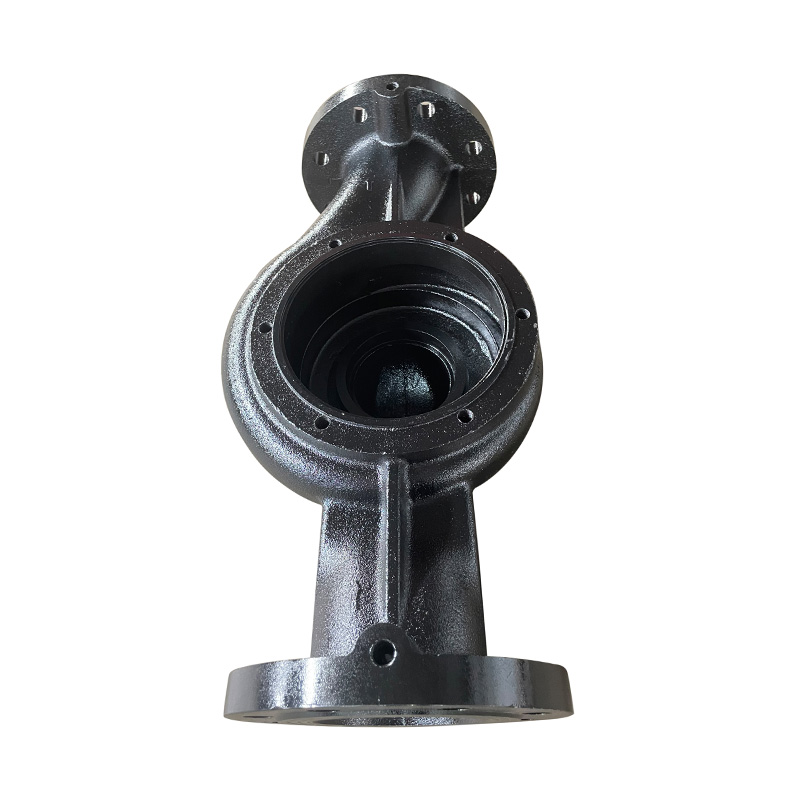
Vertical TD high-efficiency and energy-saving circulation pump body
Cat:TD High-efficiency And Energy-saving Circulating Pump Accessories
Vertical TD Energy Efficient Circulating Pump Pump Body is the shell o...
See Details -
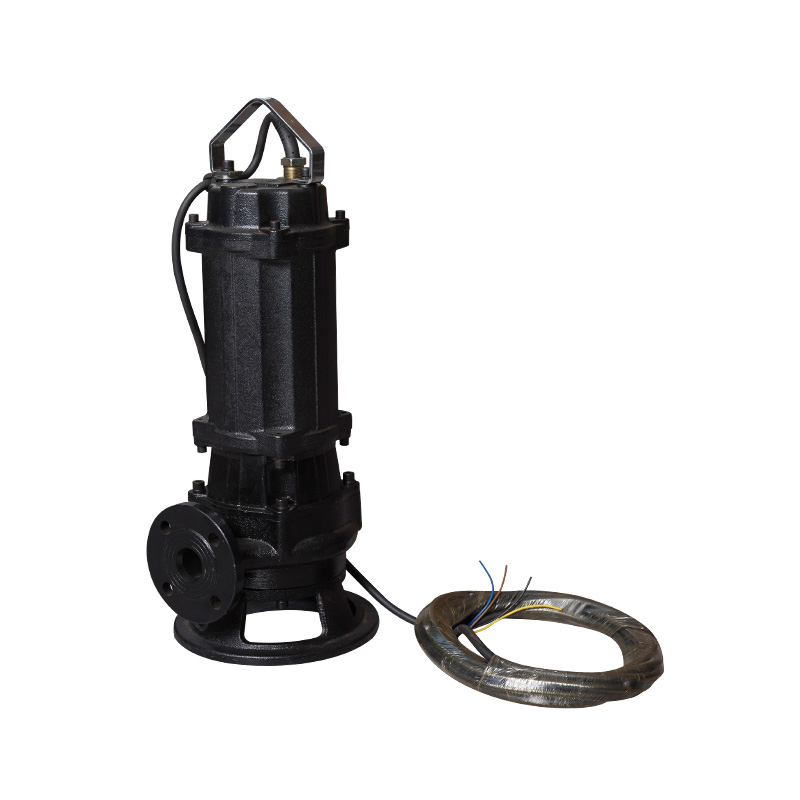
Ordinary sewage pump
Cat:Sewage Pump
1. Our WQ-type general sewage pump adopts a large flow channel anti-cl...
See Details -
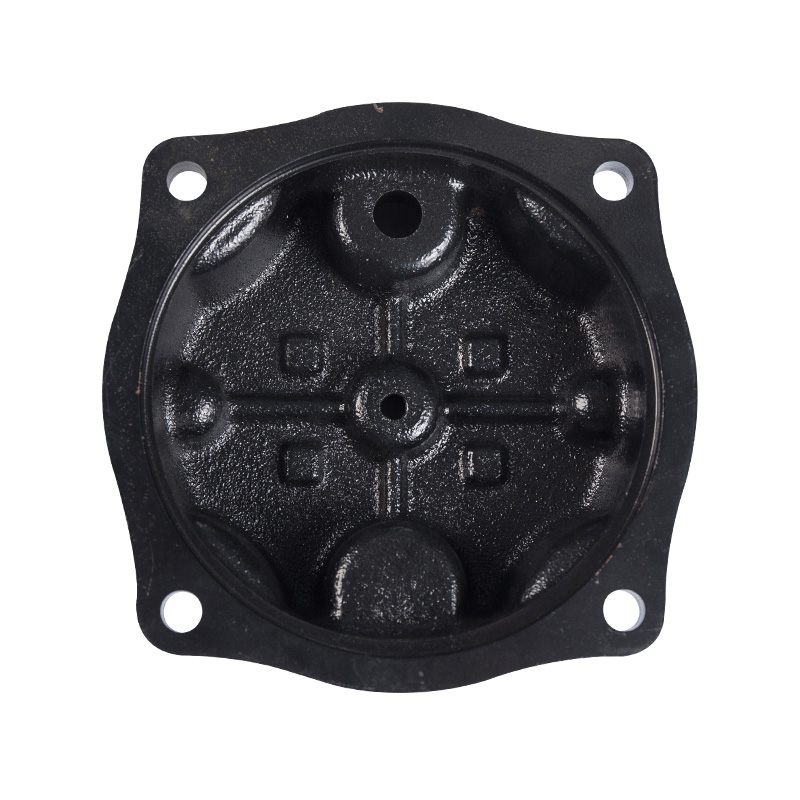
Sewage pump hanging cover
Cat:Sewage Pump Accessories
Installed on the upper part of the sewage pump unit, it is used for li...
See Details -
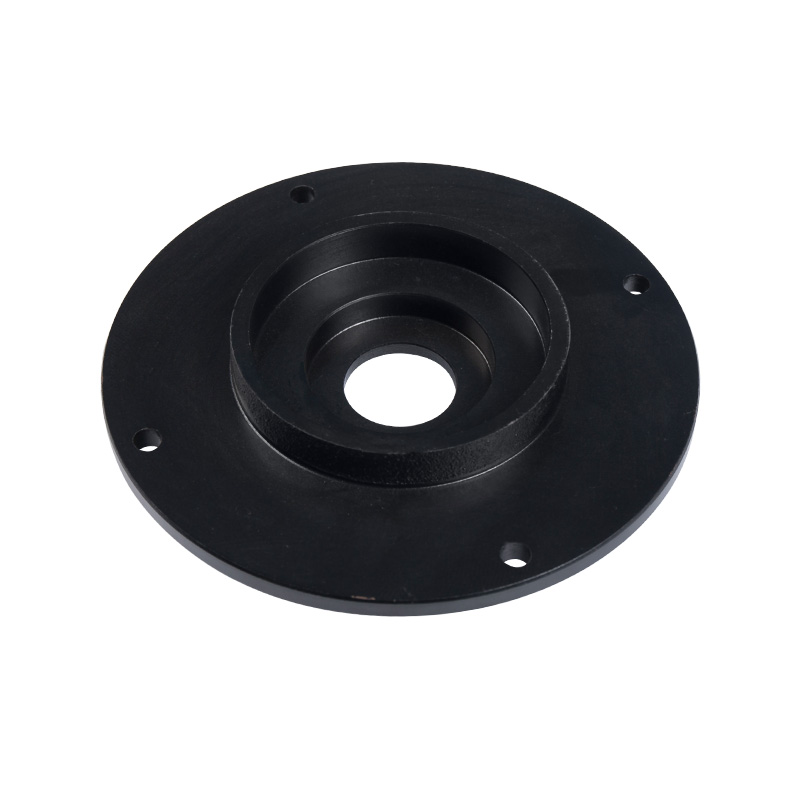
Sewage pump cover
Cat:Sewage Pump Accessories
Installed on the top of the sewage pump unit, it is used to enclose th...
See Details -

LG multistage pump 100 series
Cat:LG Multi-stage Pump
Product features 1. Compact structure, small volume, small footprint. ...
See Details -
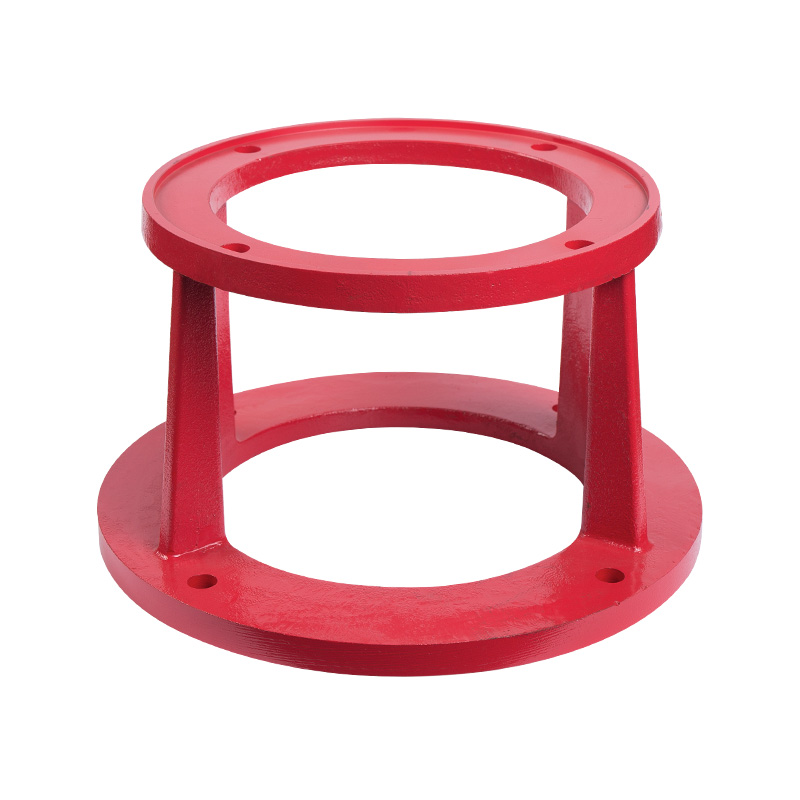
LG multi-stage pump motor bracket
Cat:LG Multi-stage Pump Accessories
Motor bracket is a support part used to fix the motor and connect the ...
See Details -
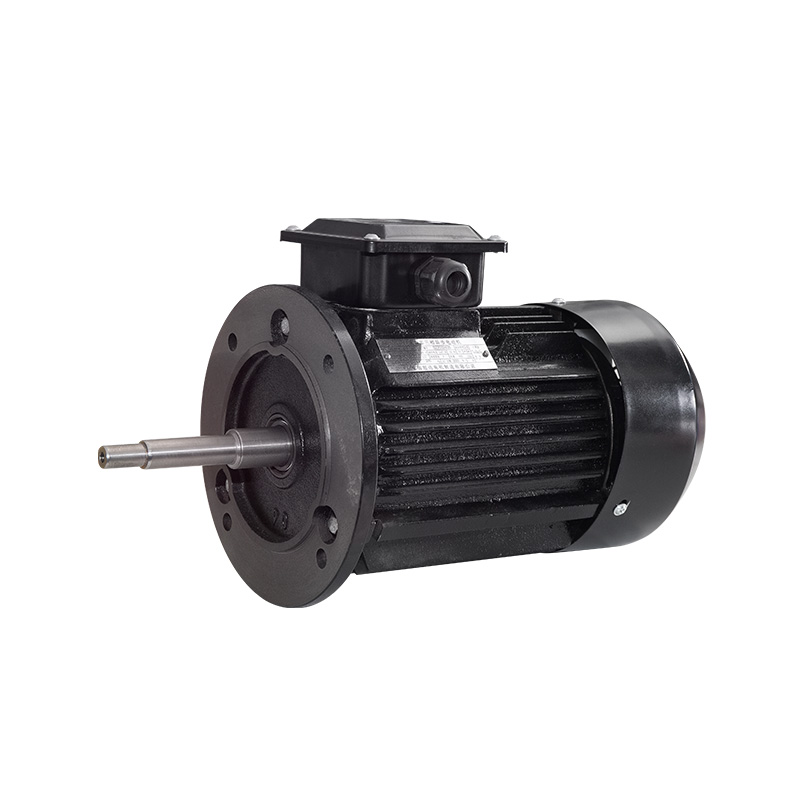
Vertical motors
Cat:Ordinary Electric Motor
A conventional fixed-speed motor whose operating speed is usually cons...
See Details -
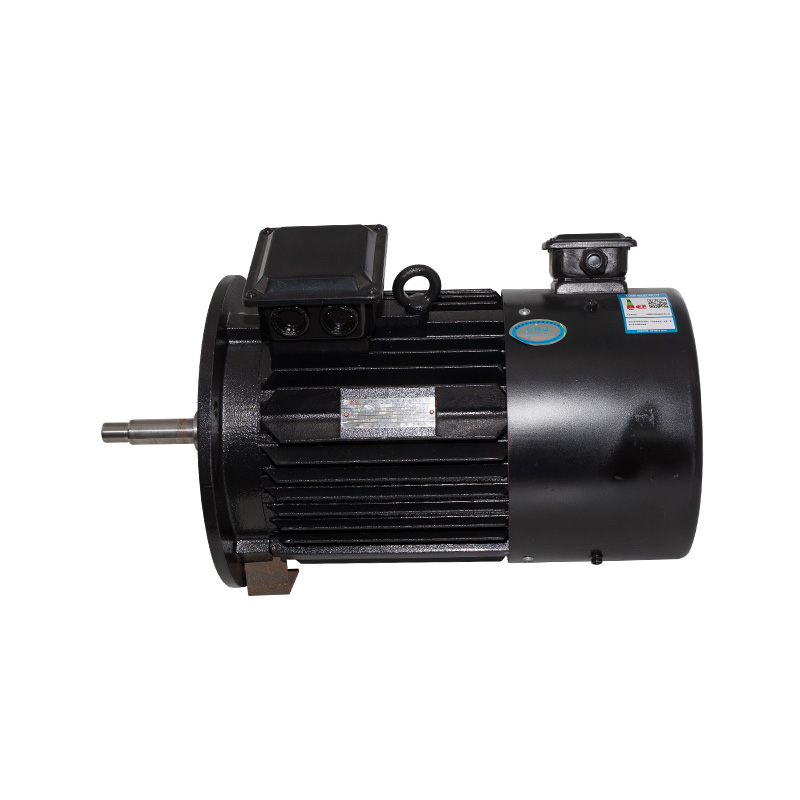
B14/B5 Vertical inverter motor
Cat:Inverter Electric Motor
A type of adjustable speed motor that can control the speed of the mot...
See Details -
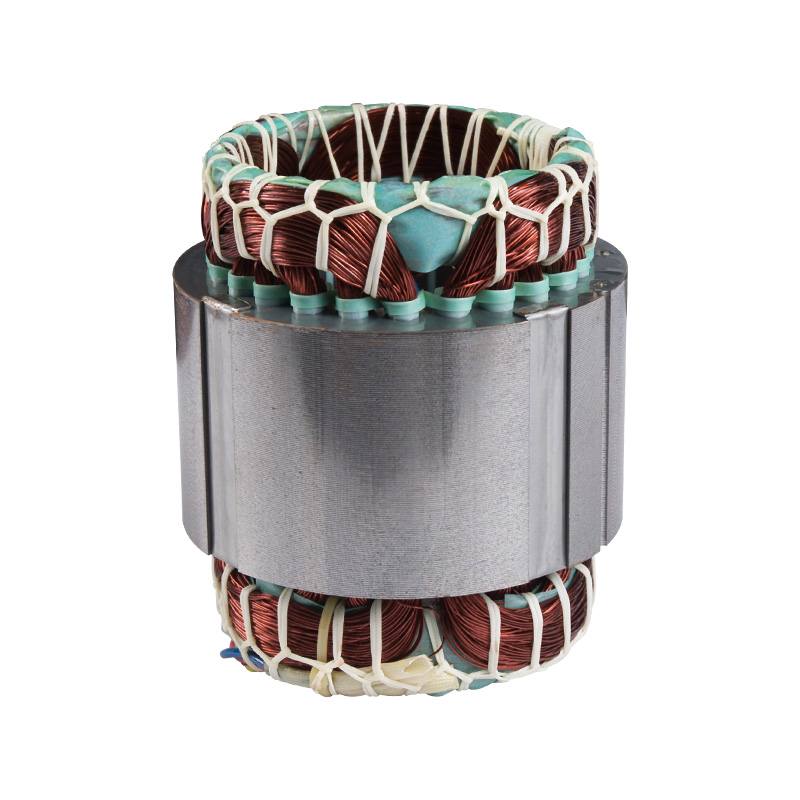
Finished stator
Cat:Electric Motor Accessories
The stator of a motor refers to the fixed part which contains the stat...
See Details -
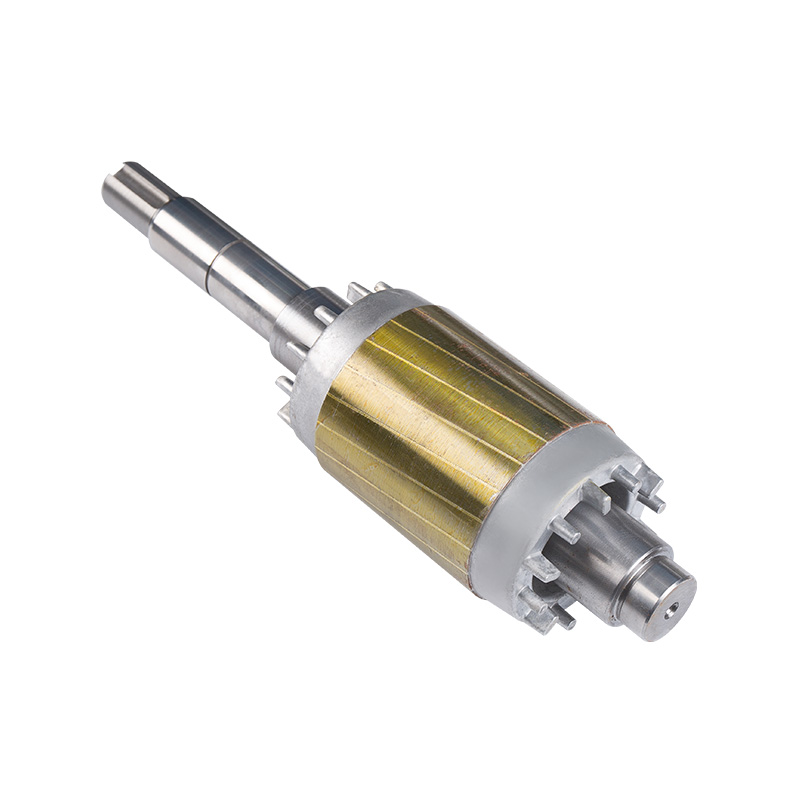
Finished rotor
Cat:Electric Motor Accessories
The rotor of a motor refers to the rotating part, which contains the r...
See Details
- TD High-efficiency And Energy-saving Circulating Pump
- TD High-efficiency And Energy-saving Circulating Pump Accessories
- Pipeline Pump
- Pipeline Pump Accessories
- Sewage Pump
- Sewage Pump Accessories
- LG Multi-stage Pump
- LG Multi-stage Pump Accessories
- Cooling Tower Circulation Pump
- Electric Motor
- Electric Motor Accessories
-

+86-0563-2251312
-

+86-0563-2251311
-

+86-139 6620 0379
-

-

No.43 Guohua Road, Guangde Economic Development Zone, Xuancheng City, Anhui Province, China

